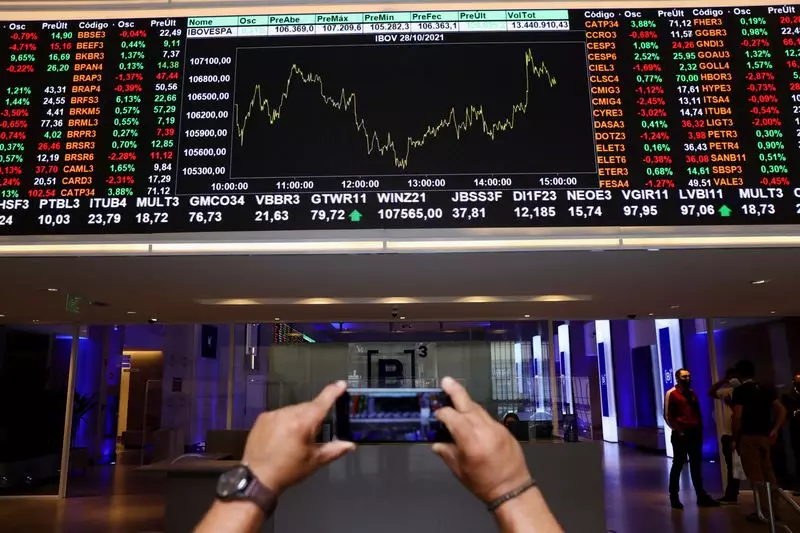October 2023 proved tumultuous for emerging market (EM) equities, as foreign investors pulled out at a rate not seen since the early days of the COVID-19 pandemic in 2020. According to the latest data from a banking trade organization, the month’s trading landscape revealed a remarkable net outflow of $25.5 billion from stock portfolios. This stark number starkly contrasts with the immense inflow of $56.4 billion witnessed in September, creating a palpable sense of caution among investors looking for opportunities in emerging markets.
Despite the troubling trends in equity markets, a significant influx into EM bonds helped to offset stark losses. In October, these debt instruments attracted a robust net inflow of $27.4 billion, underlining an apparent shift in investor sentiment. The overall monthly net total inflow amounted to $1.9 billion, grounded significantly in the underlying appeal of bonds in an environment increasingly characterized by volatility and uncertainty.
China: An Anomaly in the EM Landscape
Chinese markets were particularly noteworthy during this tumultuous month. In just one month, Chinese equities faced an alarming $9 billion outflow despite the government’s renewed efforts to stimulate the economy. The bond market, conversely, managed to secure $1.4 billion in inflows. Jonathan Fortun, an economist with the International Institute of Finance (IIF), highlighted that investor confidence in China remains worryingly low. This skepticism arises from ongoing growth concerns and regulatory impediments, which appear to overshadow the government’s targeted easing measures.
As emerging market investors grapple with issues at home, the broader effects of U.S. economic policies loom large. As the market geared up for the impending U.S. presidential elections, investor behavior saw a notable pivot toward strategies that would benefit from a potential Donald Trump return. This anticipation led to an increase in the U.S. dollar’s strength and rising U.S. interest rates, further amplifying risk aversion among EM equity investors.
Fortun noted, “Concerns over the dollar’s strength relative to EM currencies have amplified risk aversion in equity markets.” The expectation of expanding yield differentials and the changing trajectory of interest rates may increasingly position EM debt as a more appealing option than equities in the current global climate of risk aversion.
Regionally, October presented a varied picture: Asia experienced a net outflow of $6.8 billion, while Emerging Europe showed resilience with a net inflow of $5.2 billion, and Latin America contributed another $3.6 billion. Flows to Africa remained slightly negative, indicating the complexity of the investment landscape across different regions.
Notably, examining the year-to-date data reveals that foreigner inflows into emerging market portfolios have totaled about $249 billion, with $220 billion directed towards debt securities—highlighting the growing preference for bonds over equities in an uncertain economic climate. It is essential for investors to navigate these shifting dynamics thoughtfully, as emerging markets continue to wrestle with both opportunities and challenges in an evolving global landscape.

